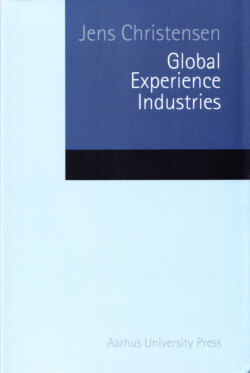Читать книгу Global Experience Industries - Jens Christensen - Страница 18
На сайте Литреса книга снята с продажи.
Mass Tourism in USA
ОглавлениеThe United States and Western Europe dominated post-war mass tourism. Mass tourism developed differently in these two regions, however. In the US, hotel chains and airlines were the main actors in developing mass tourism, while the package-tour industry and airlines stood behind Europe’s mass tourism. American hotel chains spread around the world in the wake of American businesses and tourists, so that Americans everywhere might feel at home under similar conditions. Franchising made it possible for hotel chains to produce standardized hotel products by reproducing buildings, inventory, feeding, services and management methods, which allowed for economies of scale in purchasing, distribution and booking systems. The fast growth of this franchising principle was an important factor behind the development of American mass tourism.
Unlike the nationally divided Western Europe, the large American continent contained almost every kind of nature and culture, except for the extensive pre-industrial culture of European cities. This made the Americans spend their holidays at home to a much higher degree than the Europeans. Furthermore, a highly developed freeway system, short vacations and tremendous business travelling activities throughout the large continent conduced to the fact that a large domestic American tourism by far overshadowed foreign travel. As a consequence, the car was the preferred transportation means in the United States, whereas European package tours always included a charter flight. American hotels did not arrange package-tours like the European travelling companies did. Instead, motels were built along freeways and city hotels that might be easily reached by car. The package-tour industry therefore never reached the same size as in Europe.
Behind hotel chains and package tour companies, the large American airlines and their booking systems played a decisive role in developing tourism and the tourism industry. Without them mass tourism would never have existed. By way of mergers, American Airlines, United Airlines and Delta Air Lines (merging with Pan Am in 1991) dominated completely American air transportation until the liberalization of the 1990s. Airlines did more than fly. They invested in other links of the travel industry’s value chain, including travel agencies, hotels, catering, banking, insurance and car rental. In this way, the American airlines contributed much to the vertical and horizontal integration that marked the American travel and tourism industry. They provided the services for mass tourism, including cheap charter tickets and were an important driver behind the industrial growth. First and foremost, the airlines controlled the large computer-based booking systems that became a nucleus for tourism developments.
